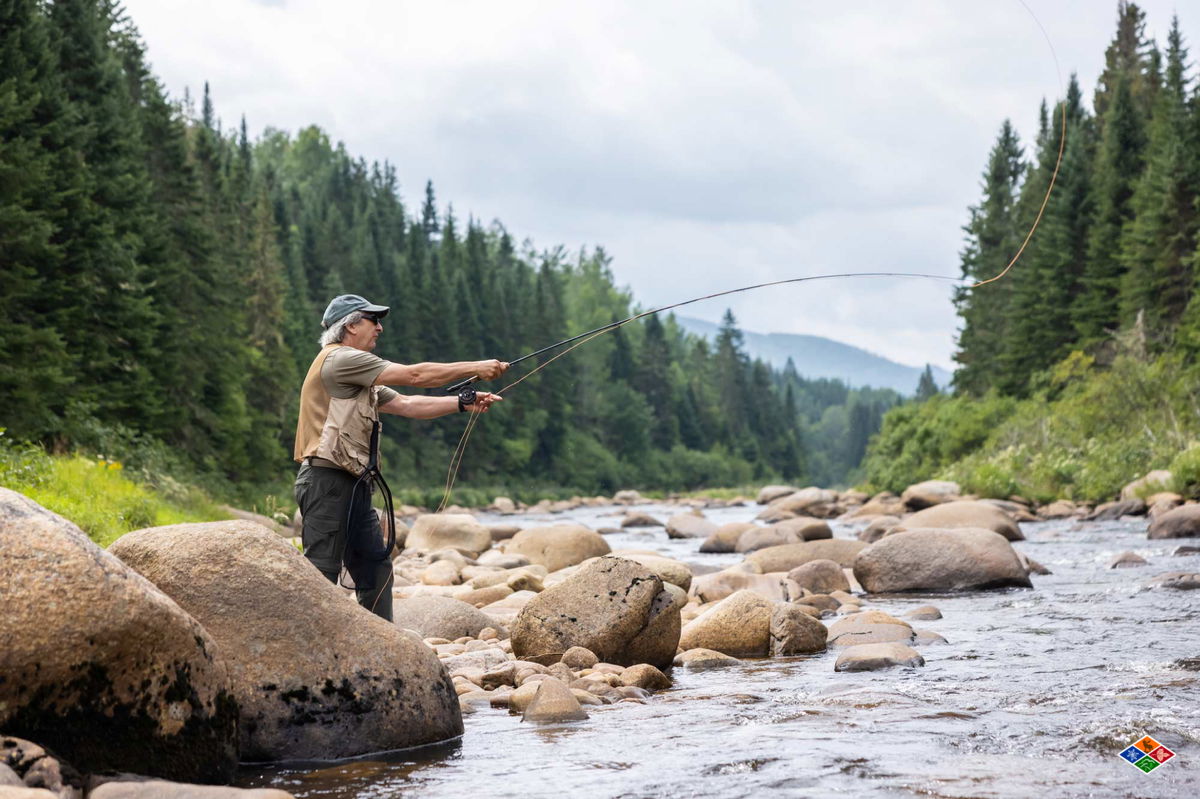
Fishing in Gatlinburg, TN, is a fisherman’s paradise — the rivers, streams, and tributaries are some of the last remaining wild trout habitats in the Eastern United States. With over 2,000 miles of streams within the park’s boundaries, there are a collection of the best fishing spots in Gatlinburg waiting for you.
From isolated headwater trout streams to larger, cool-water smallmouth bass streams, there is something for spin fishers and fly fishers of all ages and skill sets. If you’re planning a trip to the area, here’s what you need to know about fishing licenses, seasonal regulations, and the best spots for fishing in Gatlinburg.
During the open fishing season (April 1st – November 30th), anglers can fish anywhere in Gatlinburg, TN, city limits, or the Great Smoky Mountains National Park if they possess a valid fishing license.
The one exception is Thursdays; the City of Gatlinburg has a trout farm and stocks rivers and streams on Thursdays, so fishing within city limits is off-limits on this day. However, these are good days to fish inside the park!
In addition to the state of Tennessee Fishing License requirements, a local permit is required for residents between 13 and 64 and non-residents 13 years of age and above. Here are a few additional regulations to keep note of when fishing:
Children’s streams in Gatlinburg, TN, include:
Those interested in obtaining a fishing license can visit the official Tennessee Wildlife Resources Agency website, Go Outdoors Tennessee. Multiple license packages are available, starting at $30 for non-Tennessee residents and $22 for locals.
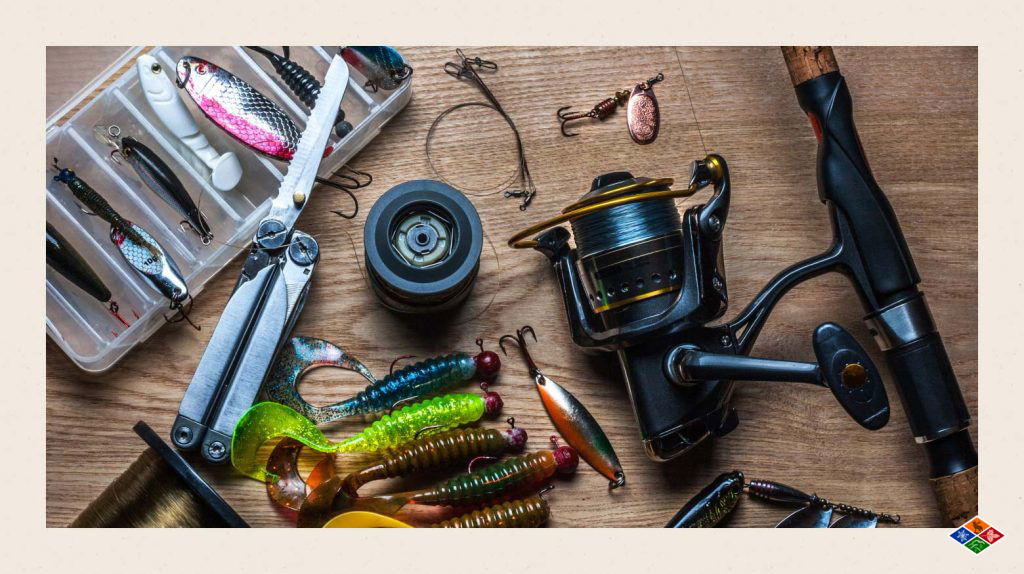
In addition to Gatlinburg fishing license requirements, all anglers must observe seasonal regulations. While fishing is available year-round in Gatlinburg, TN, different times of year offer either open fishing or catch and release. Here is a breakdown of the two seasons:
The Tennessee Wildlife Resources Agency considers bait as “any living or dead organism or prepared substance designed to attract fish by taste or odor. For example, no fish, fish eggs, crayfish, grubs, worms, crickets, corn, cheese, bread, putty or paste-type products, and flavors/scents on artificial lures.”
Fishing is a pastime that can be simultaneously relaxing and exciting—the soothing allure of nature coupled with the thrill of catching your first fish. Even if you’re a beginner spin or fly fisher, there are excellent streams in Gatlinburg, TN, to get started.
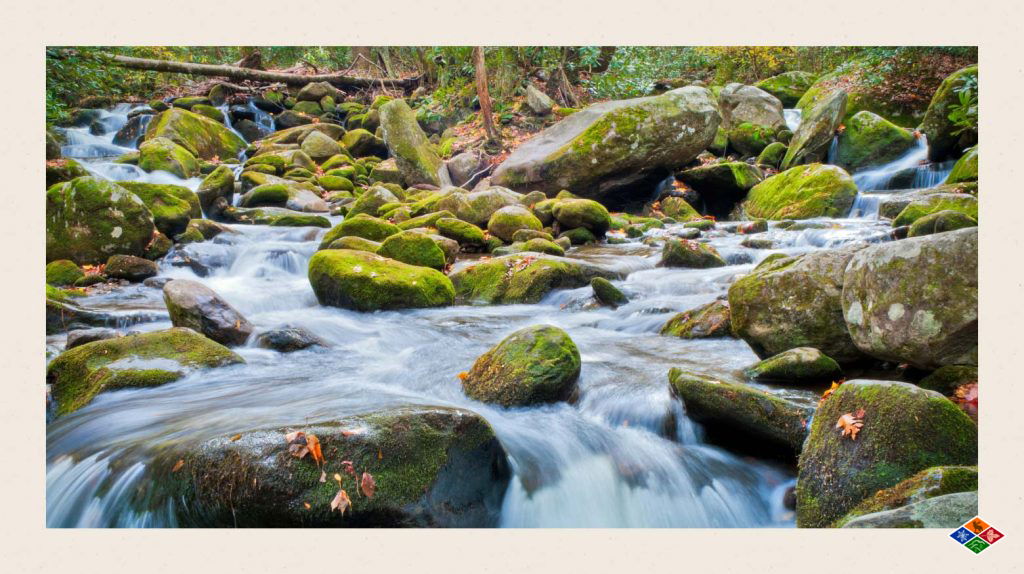
The East Prong of the Little River is easily the most popular stream in the park; it is a frequented fishing destination, so be prepared to encounter other individuals. This spot could be the ideal choice if you want to socialize with others while fishing.
The river flows along much of the road from Elkmont Campground, offering easy parking and access. East Prong provides a variety of trout, rainbow, brown, and native brooks in varying sizes.
West Prong of the Little Pigeon River is a well-known fishing spot in the Smoky Mountains. It’s one of the most highly accessible fishing areas. West Prong begins at the main entrance of the Great Smoky Mountains National Park and follows Highway #441, making it easy to access along the road for several miles.
The lower, easily accessible area of the West Prong stream offers average-sized rainbow trout for fishing. However, the upper and more advanced parts of the stream also contain brook trout, making it a good stream for year-round fishing in Gatlinburg.
If you have more experience and want to go spin or fly fishing in Gatlinburg, TN, try these more advanced fishing streams. These streams offer compelling experiences within the park, and they are perfect for intermediate and advanced anglers.
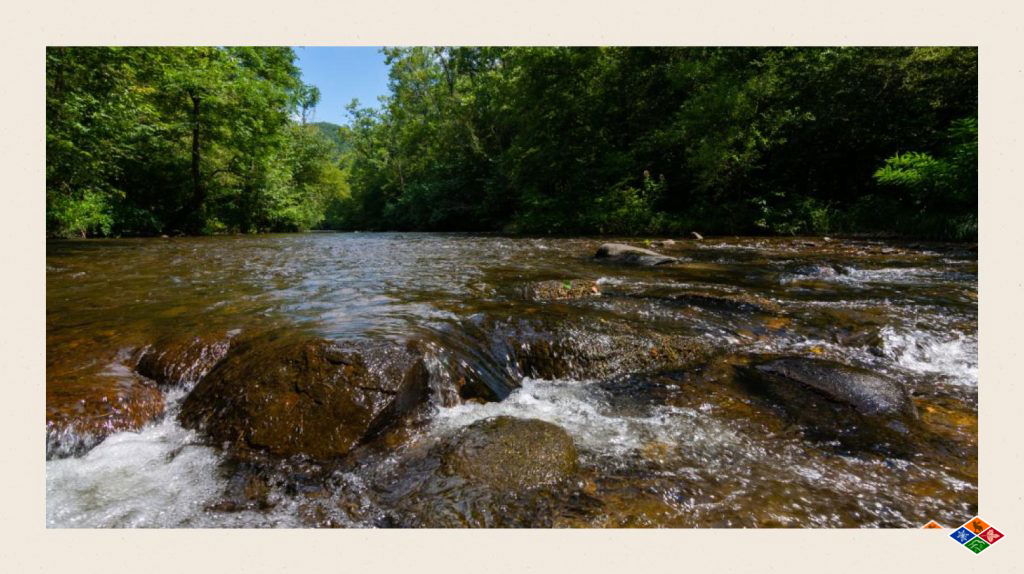
The Anthony Creek stream is a perfect fit for visiting anglers already spending time in the Cades Cove area. The stream winds through Cades Cove and eventually disappears underground to resurface in another part of the park.
Wild rainbow trout populate this stream, and the lower portions are good places to take kids learning to fly fish and practice casting as it is wide in parts.
Abrams Creek is one of the best streams to fish in the park. It boasts unique water chemistry with a higher pH than other more acidic streams in the park, which means there’s more natural food for trout.
Fishers consider Abrams Creek the best rainbow trout spot, as its fish are more sizable than elsewhere in the park. Access to Abrams Creek can be tricky, so you should consider a guide or go with someone well-versed in hiking trails in the Smokies leading to the parts of this creek.
Big Creek is one of the park’s least populated fishing areas, so if you want some time to yourself, this is your best bet. Due to fewer fishers, fishing at Big Creek is also less competitive than other locations.
Anglers commonly catch Rainbow trout in the lower parts of this stream. The upper portions of this creek, which are challenging to access, are known as good places for landing Native Brook Trout. These native fish are also sometimes found in tributaries branching off Big Creek.
Fishing is one of the best activities to do in Gatlinburg with kids! Imagine their faces when they experience the thrill of that tug on the line, making their hearts race with the anticipation of catching a sneaky fish. However, fishing can be challenging for children or older family members who may have trouble with stream access, equipment needs, and complicated casting techniques.
The Gatlinburg area offers calm, relaxing fishing endeavors that take some of the pressure off the parents. Additionally, Elk Springs Resort has many cabin rentals in Pigeon Forge and Gatlinburg, which can provide the perfect home base for your Gatlinburg fishing adventures.
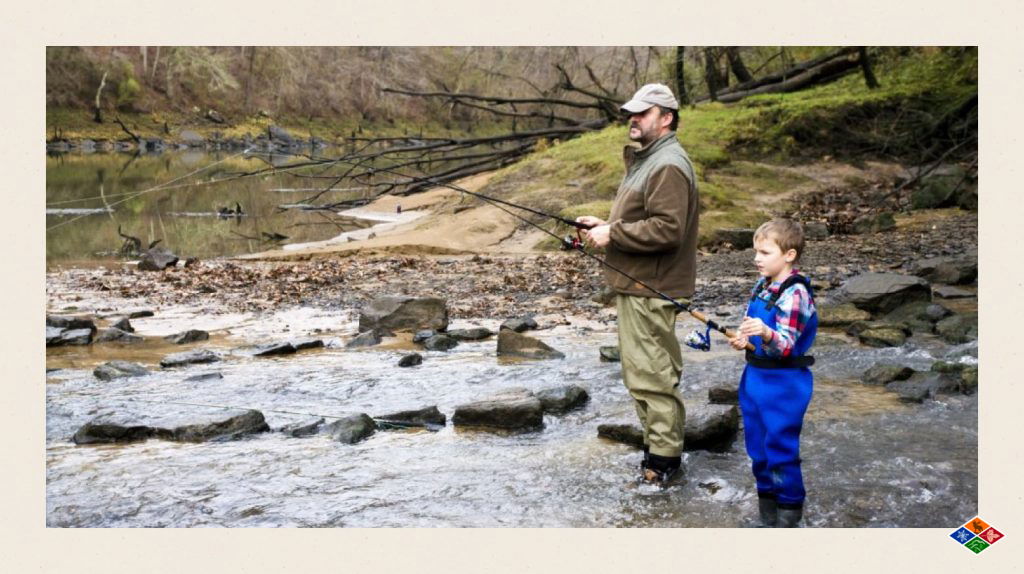
English Mountain Trout Farm & Grill is a restaurant in Gatlinburg, TN, where you can fish and eat your catch. This local joint has a trout pond fed by a freshwater stream full of delicious rainbow trout.
Your family can catch trout, have them dressed and clean, and then move on to the grill. The English Mountain Trout Farm Grill features a variety of options for devouring your catch, such as frying or blackening — yum!
Big Rock Dude Ranch is perfect for family members excited to catch fish but not keen on eating them. The large pond at Big Rock Dude Ranch is stocked with BlueGill, Croppy, Catfish, and Bass. The pond is catch-and-release, so your loved ones can have the thrill of pulling a fish and then feel happy about returning it home.
Big Rock Dude Ranch supplies everything you need for your fishing experience, including a rod, reel, and bait. It doesn’t require a fishing license, and your fishing pass is valid for a week so your family can return to fish to their heart’s delight.
Herbert Holt Park is perfect for those seeking a more authentic, kid-friendly fishing experience. It’s an inclusive spot that offers fishing for children and people with disabilities only.
The park is also the site of the Gatlinburg Trout Rearing Facility, where your family can see how the city raises rainbow trout to be stocked in local streams. For this fishing experience, your family must bring their own fishing equipment and bait and purchase a fishing permit.
While some locations offer fishing supplies for purchase or rental, it’s best to be prepared by visiting a local fishing shop before you head to the stream. If you’re looking for a rod, reel, fishing line, bait, or other supplies, we recommend checking out The Smoky Mountain Angler in Gatlinburg, TN, for all your fishing needs.
Fishing in Gatlinburg, TN, offers a fantastic experience for all fishing enthusiasts. Several streams cater to your skill set, whether you are a beginner or an advanced angler. Gatlinburg also contains collections of things to do, from scenic drives to attractions and amusement parks.
Plan your trip today and enjoy the beautiful scenery and excellent fishing opportunities with cabin rentals at Elk Springs Resort.